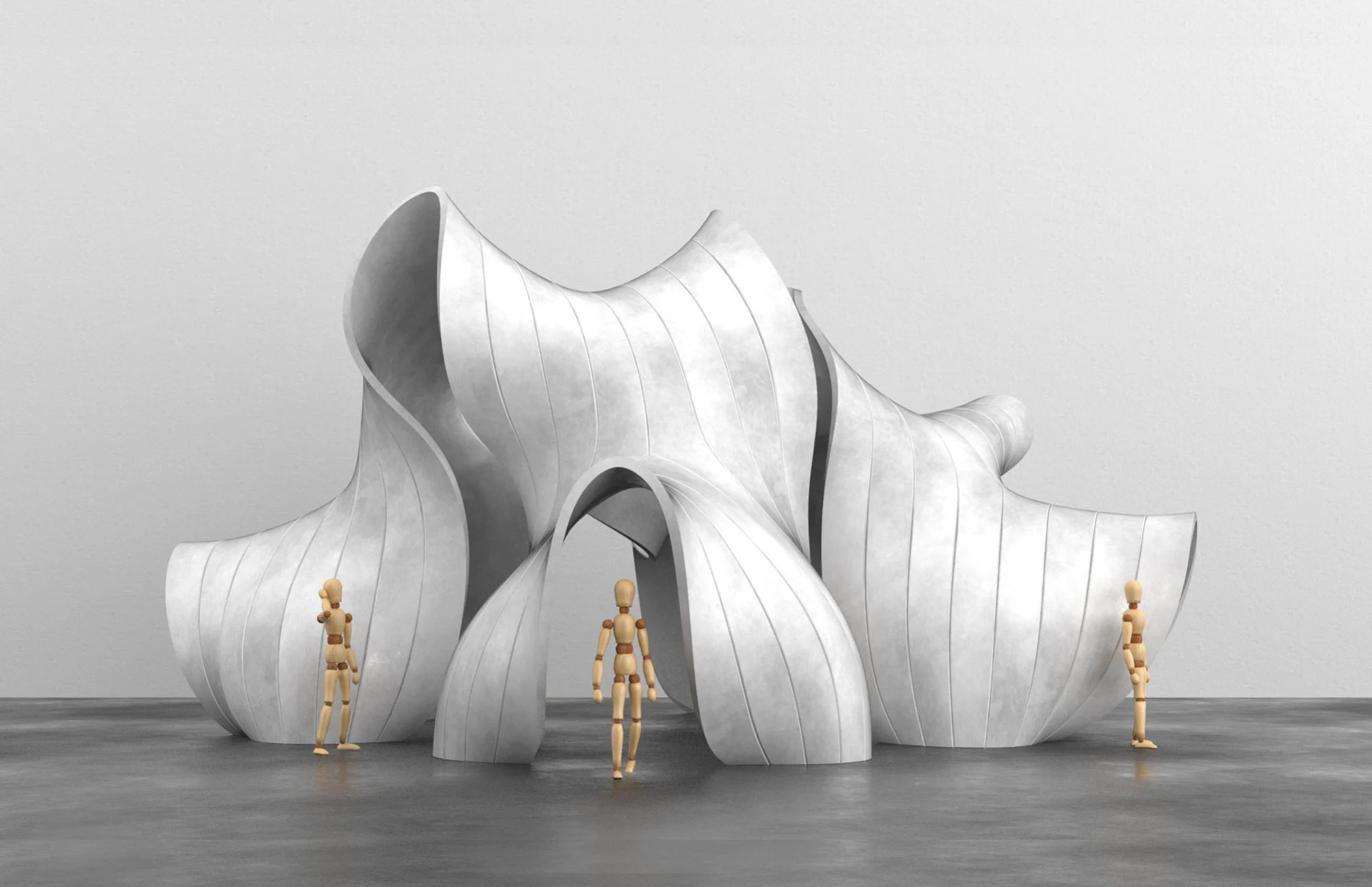Parametric design and computational architecture
Parametric design and computational architecture are reshaping the landscape of architectural practice, introducing advanced methodologies that blend creativity with computational power. Here’s an in-depth exploration of their significance, applications, and future implications in building design.
1. Understanding Parametric Design
Design Exploration:
- Algorithmic Geometry: Using parametric equations and algorithms to create complex forms and structures based on defined parameters.
- Design Flexibility: Iteratively refining design iterations to optimize performance criteria such as structural integrity, environmental impact, and aesthetic appeal.
2. Generative Algorithms and Design Automation
Iterative Optimization:
- Algorithmic Optimization: Automating design iterations to explore a multitude of design options and configurations based on performance-based criteria.
- Form Finding: Using computational algorithms to discover optimal geometries that respond to site conditions, climate data, and user requirements.
3. Digital Fabrication and Additive Manufacturing
Fabrication Techniques:
- 3D Printing: Fabricating intricate architectural components and prototypes with additive manufacturing technologies.
- Robotic Construction: Using robotic arms and CNC (Computer Numerical Control) machines for precise fabrication and assembly of complex structures.
4. Sustainability and Material Efficiency

Performance-Based Design:
- Energy Simulation: Analyzing building performance metrics through parametric models to optimize energy efficiency and passive design strategies.
- Material Optimization: Minimizing material waste through parametrically-driven fabrication processes and sustainable material selections.
5. Adaptive and Responsive Environments
Responsive Architecture:
- Interactive Systems: Creating responsive building envelopes and adaptive facades that adjust to environmental changes such as sunlight, temperature, and occupancy.
- User-Centric Design: Designing interactive spaces that enhance user experience and comfort through parametrically-controlled lighting, acoustics, and spatial configurations.
6. Computational Design Tools and Software
Integrated Platforms:
- Parametric Modeling: Utilizing software tools like Grasshopper, Dynamo, and Rhino3D for parametric modeling and algorithmic design scripting.
- BIM Integration: Integrating parametric workflows with Building Information Modeling (BIM) platforms to enhance collaboration and data interoperability across project phases.
7. Interdisciplinary Collaboration and Innovation
Cross-Disciplinary Practices:
- Collaborative Design: Facilitating interdisciplinary collaboration among architects, engineers, and consultants to integrate parametric methodologies with structural and environmental analysis.
- Research and Development: Advancing computational techniques through academic research, industry partnerships, and experimental design projects.
8. Education and Professional Development
Skills Development:
- Parametric Workshops: Offering training programs and workshops to architects and designers to enhance proficiency in parametric design tools and methodologies.
- Continuous Learning: Embracing lifelong learning and professional development in computational architecture to stay abreast of technological advancements and design innovations.
9. Urban Design and Planning Applications
Urban Simulation:
- City Planning: Using parametric modeling and computational simulations to analyze urban data, optimize transportation networks, and enhance urban resilience.
- Spatial Analysis: Visualizing urban density, land use patterns, and environmental impacts to inform sustainable urban design strategies.
10. Future Directions and Innovations
Emerging Trends:
- AI Integration: Exploring the intersection of artificial intelligence and parametric design to enhance design automation and predictive modeling.
- Biophilic Design: Integrating parametric principles with biophilic design strategies to create harmonious environments that promote human well-being and ecological balance.
Conclusion
Parametric design and computational architecture represent a paradigm shift in architectural practice, offering architects unprecedented opportunities to innovate, optimize, and create sustainable, responsive built environments. By leveraging advanced computational tools and methodologies, architects can push the boundaries of design complexity, efficiency, and environmental stewardship, paving the way for a future where architecture seamlessly integrates technology, creativity, and sustainability. As parametric design continues to evolve, its transformative impact on architectural discourse promises to redefine how we conceive, construct, and inhabit our built environments in the decades to come.



